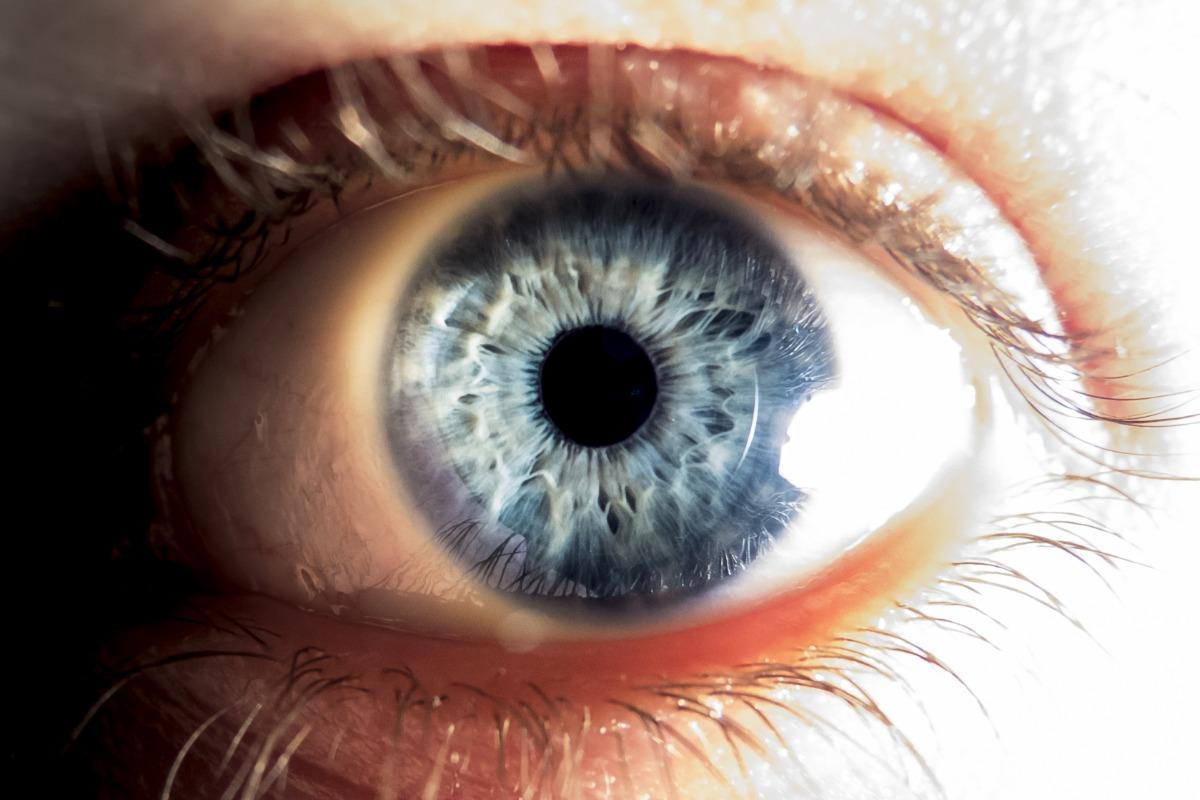
- posted: Feb. 21, 2023
Computer Vision Syndrome
With continuing advancements in technology, the use of computers and similar devices has become a large part of daily life. It seems the majority of people spend several hours a day using some sort of electronic device, either for work or play or both. This can have a big impact on our vision, and many people complain that their eyes and vision feel negatively affected while using these instruments.
Computer vision syndrome (CVS) is a condition that includes visual and ocular symptoms related to prolonged use of electronic devices, including computers, smart phones, tablets, e-readers, televisions and video games.
Symptoms of CVS can include eyestrain, blurred vision, headaches and irritation of the eyes, which may involve burning, soreness, redness, itching, or grittiness.
There are several reasons why sustained use of electronic devices causes discomfort. In general, small print causes more strain on our eyes, including more demand on the focusing system and on eye muscle control. Studies have shown that while using a computer, our blink rate is decreased, about five times less than normal, and is even more decreased with smaller font. This can lead to ocular surface dryness and associated dry eye symptoms. Also, glare and reflections from poor lighting conditions, like sunlight filtering in through windows or harsh indoor lighting, can cause increased eyestrain.
There are several mechanisms for treating CVS. Firstly, studies have shown that correcting even small prescriptions can significantly reduce symptoms. Therefore, having an up-to-date pair of glasses can help tremendously. Incorporating anti-reflective technology will decrease glare and reflections, further improving comfort. For patients that develop headaches from sustained near work, anti-fatigue lenses that decrease the focusing demand required to see up close are a great option. Traditional progressive lenses for general use may not be adequate for computer, as they may require poor head and neck posture to look through the part of the lens designed for computer range. There are occupational or computer progressive lenses available that allow clear intermediate vision while looking straight ahead, improving head and neck position and reducing muscle strain.
Other recommendations to ease CVS symptoms include using a lubricating eye drop several times a day to help keep the ocular surface moisturized. Redirecting air vents so they do not blow directly on workspaces can help maintain tears on the eye longer, further preventing dryness. Taking a 20 second break every 20 minutes to look at something greater than 20 feet away, the 20-20-20 rule, allows your eyes and focusing systems to relax briefly. Improving ergonomics and surrounding lighting are also important. Having your screen 15-20” below eye level is considered ideal, and adding a screen filter or adjusting the brightness of the screen display can help minimize glare. Closing blinds and dimming indoor lighting can also reduce reflections and make the work environment more comfortable.
Here at Broadway Eye Clinic, we are dedicated to your visual and ocular wellness. We offer comprehensive evaluations with convenient evening and weekend hours. Please contact our office if you are interested in scheduling an appointment.
Written by: Dr. Debon Crews
Locations
250 E 300 S SUITE 380
Salt Lake City, UT 84111, US
Hours of Operation
8:00 am - 6:00 pm
8:00 am - 6:30 pm
8:00 am - 6:00 pm
8:00 am - 12:45 pm
1:45 pm - 6:30 pm
8:00 am - 6:00 pm
By Appointment
Closed

